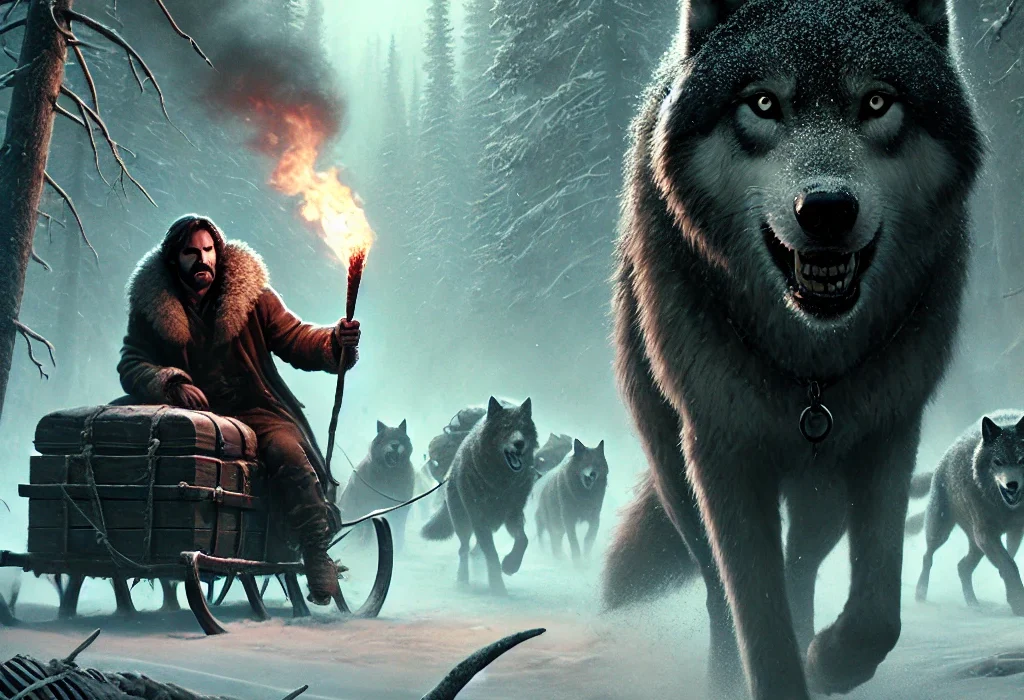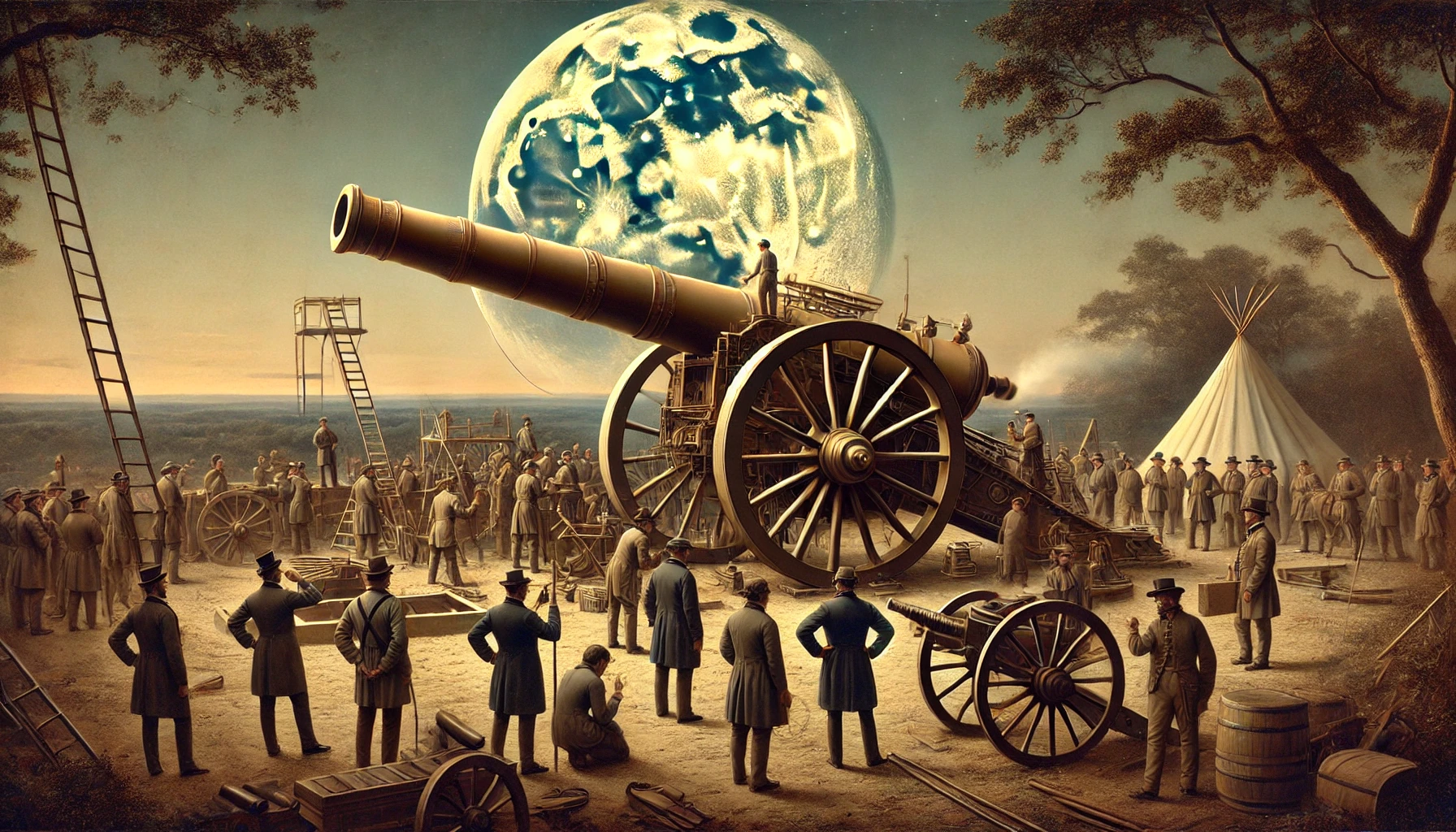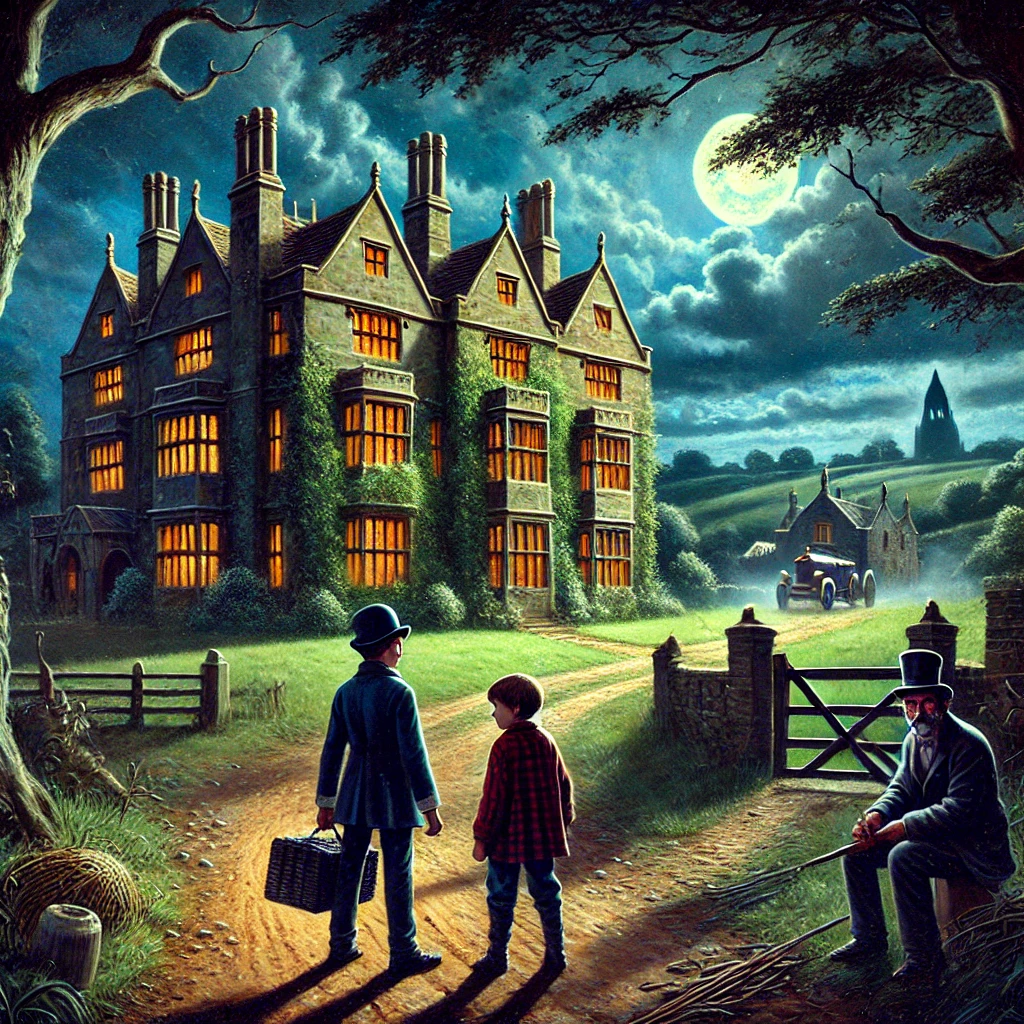White Fang, written by Jack London, is an enduring tale of survival and nature. Published in 1906, it is set in the harsh, unforgiving wilderness of the Yukon Territory during the Klondike Gold Rush. The novel explores the life of White Fang, a wild wolfdog, and traces his journey from the brutal wild to a tamed life under human care. London contrasts the savagery of nature with the potential for human kindness, and in doing so, offers a deep reflection on the instincts of survival, loyalty, and the possibility of transformation.
Plot Summary
In the bitter cold of the Yukon wilderness, life is unforgiving. Dark spruce forests line the frozen waterways, where survival is a relentless struggle. Amid this bleak landscape, a wolf pack roams, led by a cunning she-wolf, Kiche, who is half-wild and half-domesticated. She is both fierce and clever, guiding her pack with the instincts of a wild beast. The pack is desperate for food, and in their search, they terrorize two men traveling with a sled, stalking them relentlessly. One by one, the men’s sled dogs disappear, devoured by the wolves. Eventually, one of the men succumbs, leaving the other to face the pack alone. But just as all hope seems lost, a group of sledders arrives, saving him from a grim fate.
Amid the wild and untamed lands of the North, Kiche gives birth to a litter of pups. Among them is a gray cub, bolder and stronger than his siblings. He soon learns the harsh rules of survival. His siblings die, and he grows up quickly, developing keen instincts and an acute sense of danger. The wilderness shapes him, and he learns to hunt, fight, and survive by trial and error, guided by Kiche’s teachings. The cub soon realizes that life is a constant battle against hunger and the merciless forces of nature.
One day, the cub and Kiche encounter humans. These men are different from the beasts of the wild, with strange powers that the cub does not understand. Kiche recognizes them from her past and submits, leading the cub to his first taste of captivity. The cub, now named White Fang, enters the camp of Gray Beaver, a Native American. Life changes dramatically for White Fang as he learns the ways of the human world. Although Gray Beaver is not cruel, he is stern and treats White Fang with little affection, using him to protect his camp and perform work. White Fang, guided by his instinct for survival, quickly becomes fierce and wary, learning to avoid the lashes of men and the attacks of other dogs.
As White Fang grows, he encounters the cruelty of other dogs, particularly Lip-lip, who makes his life in the camp a torment. White Fang is continuously harassed, and the violence of this new life hardens him. He learns to fight back, his wild nature thriving in the face of hostility. Soon, he earns a reputation for his viciousness, and this notoriety only increases when he is taken to Fort Yukon, where Gray Beaver seeks fortune. There, White Fang meets a new kind of human—cruel and manipulative.
Beauty Smith, a man driven by greed and sadism, tricks Gray Beaver into gambling away White Fang. Under Beauty’s control, White Fang’s life becomes a nightmare. Forced into becoming a fighting dog, he is pitted against other animals for sport, exploited for his strength and savagery. White Fang’s spirit becomes twisted by the cruelty he endures, and he fights with a ferocity that no other dog can match. But his victories come at a great cost—his soul is submerged in violence, and he becomes little more than a tool for men’s entertainment.
In the midst of this brutal existence, White Fang faces a deadly challenge: he is thrown into a fight with a bulldog, far more dangerous than any opponent he has encountered. The bulldog latches onto White Fang’s throat, slowly choking the life out of him. Just as White Fang is on the brink of death, fate intervenes in the form of Weedon Scott, a gold prospector who arrives in time to stop the fight. Disgusted by Beauty’s cruelty, Scott buys White Fang and takes him under his care.
At first, White Fang is wary of this new master, having known only cruelty from men. But Scott is patient and kind, treating White Fang with a compassion the wolfdog has never known. Slowly, White Fang’s hardened heart begins to thaw. Under Scott’s gentle guidance, White Fang learns to trust, and for the first time, he experiences affection. He grows protective of Scott, becoming fiercely loyal to the man who saved him. The bond between them deepens, and White Fang’s savage nature is tamed by Scott’s love.
Scott decides to take White Fang to his home in California, far from the wilds of the Yukon. There, White Fang faces new challenges as he adapts to life in civilization. He struggles to understand the world of humans, where violence is not the answer to every threat. Yet, White Fang’s loyalty to Scott remains unshakable, and he soon proves himself as a protector of Scott’s family.
When a dangerous criminal escapes and threatens Scott’s household, White Fang confronts him in a final act of bravery. Though wounded in the fight, White Fang saves Scott’s family, further cementing his place as a beloved and indispensable part of their lives. He is no longer the wild, untamed creature of the North. Through his journey, White Fang has evolved, not just in body, but in spirit, moving from the savage wilderness to the warmth of a human home.
White Fang’s journey from a wild wolfdog to a beloved companion highlights the power of love and kindness. His story is one of transformation, where the wildness within him is tempered by loyalty and affection, proving that even the most hardened souls can be softened by care and compassion.
Main Characters
White Fang: The titular character, a wild wolfdog born in the harsh wilderness. His journey from a savage beast to a domesticated creature under the care of humans is central to the novel. White Fang is initially shaped by the brutal forces of nature and survival but later shows the capacity for loyalty and love.
Kiche (the She-Wolf): White Fang’s mother, a wild wolf who had once been domesticated. She plays a pivotal role in teaching White Fang survival skills before they are separated. Her mix of wild and tame instincts is passed on to White Fang.
Gray Beaver: A Native American man who becomes White Fang’s first human master. Though not affectionate, Gray Beaver is firm and fair, treating White Fang with a level of respect that prevents cruelty. However, he later loses White Fang due to debt.
Beauty Smith: A cruel and sadistic man who acquires White Fang through deceit. Beauty exploits White Fang’s ferociousness by making him a fighting dog, exposing the darker side of humanity’s interaction with animals.
Weedon Scott: A compassionate gold prospector who rescues White Fang from his brutal life under Beauty Smith. Scott’s kindness transforms White Fang, teaching him trust and love, ultimately making him a loyal and protective companion.
Theme
Survival and Instinct: Central to the novel is the theme of survival in the harsh wilderness. White Fang’s actions are dictated by primal instincts of self-preservation, shaped by his brutal environment. The struggle to survive highlights the forces of nature, which are unforgiving but also fundamental to life in the wild.
Nature vs. Nurture: White Fang’s transformation from a wild, vicious creature to a domesticated dog raises questions about the roles of nature and nurture. While White Fang’s early life is defined by his natural instincts for survival, his eventual domestication shows the power of compassion and care in shaping behavior.
Domestication and Loyalty: The novel explores the theme of domestication, particularly how wild animals can form deep, loyal bonds with humans. White Fang’s shift from ferocity to loyalty under Weedon Scott’s care symbolizes the potential for change through kindness and understanding.
Brutality and Kindness of Humans: London contrasts the cruelty of characters like Beauty Smith, who represents the harshness and exploitation animals endure, with the benevolence of Weedon Scott, who treats White Fang with dignity and care. This duality illustrates humanity’s complex relationship with nature.
Writing Style and Tone
Jack London’s writing in White Fang is marked by vivid, descriptive passages that capture the raw beauty and brutality of the natural world. His style is direct yet evocative, immersing readers in the cold, desolate landscapes of the Northland. London’s prose is unflinching in its portrayal of violence, yet it also finds moments of deep beauty in the wild, particularly in White Fang’s instinctual life. His use of third-person narration allows for a broad view of the world, while at the same time providing an intimate look at White Fang’s inner world.
The tone of the novel oscillates between harshness and tenderness, mirroring the contrasts between the wild and domesticated aspects of White Fang’s life. In the early sections, the tone is grim and almost fatalistic, emphasizing the struggle for survival. However, as White Fang encounters kindness for the first time, the tone softens, revealing hope and the possibility of transformation.
We hope this summary has sparked your interest and would appreciate you following Celsius 233 on social media:
There’s a treasure trove of other fascinating book summaries waiting for you. Check out our collection of stories that inspire, thrill, and provoke thought, just like this one by checking out the Book Shelf or the Library
Remember, while our summaries capture the essence, they can never replace the full experience of reading the book. If this summary intrigued you, consider diving into the complete story – buy the book and immerse yourself in the author’s original work.
If you want to request a book summary, click here.
When Saurabh is not working/watching football/reading books/traveling, you can reach him via Twitter/X, LinkedIn, or Threads
Restart reading!








